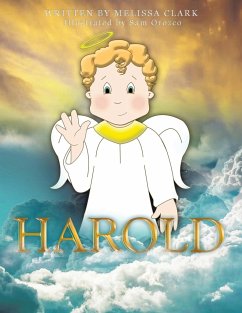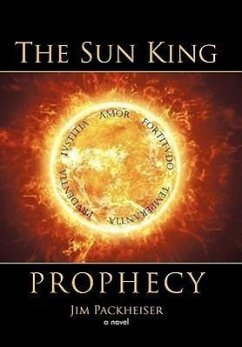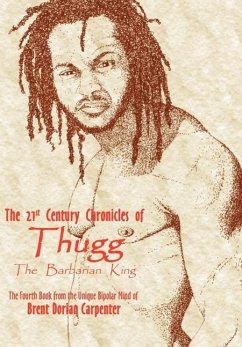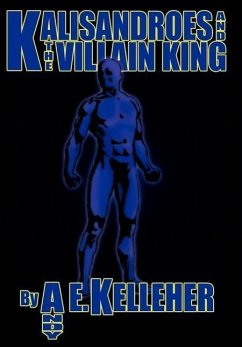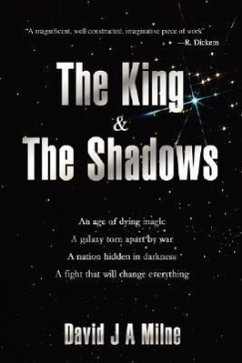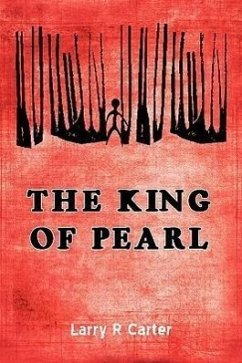Strange markings are found in a twelfth-century wall. A retired stonemason seeks to unravel a hidden message carved in haste by an ancient stonemason who risked his life to leave symbols cut into stone so deep that they would remain silent for nine hundred years, until someone should read these symbols and search for their meaning. Who left these strange symbols? Is it possible that a retired stonemason in this modern world could discover the meaning of symbols left by a fellow mason so long ago? It sounds like a work of fiction, but this is a true story. This is a unique and powerful account of a husband and wife who searched for the truth, found the real story, and revealed the true nature of our last Saxon king, Harold Godwinson. It is the English story, known by a small group of monks, loyal to Harold, and recorded in the 12th century. It was written to refute the false claims of William the Duke, the lying Norman, William the Bastard.
Hinweis: Dieser Artikel kann nur an eine deutsche Lieferadresse ausgeliefert werden.
Hinweis: Dieser Artikel kann nur an eine deutsche Lieferadresse ausgeliefert werden.



